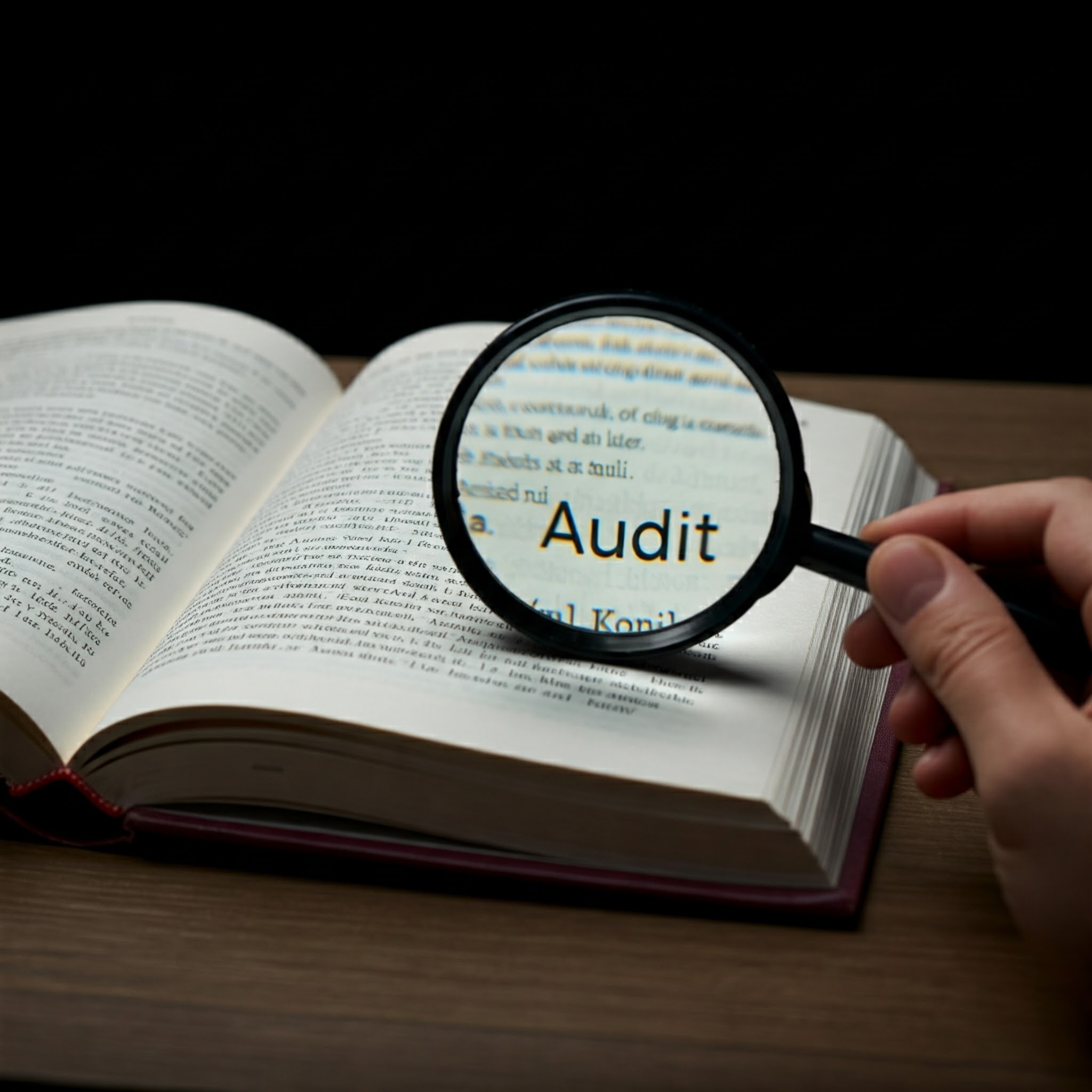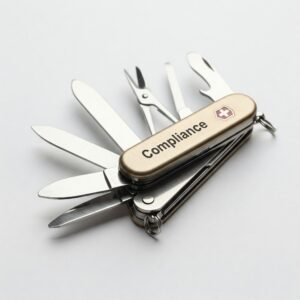In today’s business landscape, ensuring regulatory compliance isn’t optional—it’s a necessity. One of the key processes for verifying compliance is through an audit. If you’re wondering what a compliance audit is, why it’s conducted, and how to prepare for one, this guide has you covered. Let’s dive in!
What Is a Compliance Audit?
A compliance audit is a systematic review to ensure that an organization is adhering to laws, regulations, and internal policies. These audits can span various domains, including financial practices, environmental regulations, health and safety protocols, and data privacy standards.
A compliance audit report is the primary output, summarizing findings, identifying areas of non-compliance, and offering recommendations for corrective actions.
Why Are Compliance Audits Conducted?
Compliance audits serve several purposes:
- Regulatory Requirements: Many industries have mandatory audits to comply with legal and regulatory frameworks.
- Risk Mitigation: Regular audits help organizations identify and address risks before they escalate.
- Operational Efficiency: Compliance audits often highlight inefficiencies or outdated practices, leading to process improvements.
- Reputation Management: A clean compliance audit report builds trust with stakeholders, clients, and regulators.
What to Expect During a Compliance Audit
A compliance audit generally follows these steps:
- Planning: The auditor defines the scope, objectives, and timeline of the audit.
- Document Review: Policies, procedures, and records are examined to ensure they align with compliance requirements.
- On-Site Inspection: The auditor may visit the organization to observe operations and interview staff.
- Testing: Random sampling or in-depth reviews are conducted to verify adherence to compliance standards.
- Audit Report: The findings are documented in a compliance audit report, including any instances of non-compliance and recommendations.
Internal vs. External Compliance Audits
Understanding the distinction between internal and external compliance audits can help organizations approach them effectively:
Internal Audit
- Conducted by: In-house teams or compliance officers.
- Purpose: Identify and address issues proactively.
- Advantages: Greater flexibility, cost-effectiveness, and alignment with company culture.
External Audit
- Conducted by: Independent third-party auditors or regulatory bodies.
- Purpose: Ensure impartial evaluation and satisfy external requirements.
- Advantages: Higher credibility and objectivity.
How to Prepare for a Compliance Audit
Preparation is key to a successful audit. Follow these steps to ensure your organization is ready:
- Review Relevant Standards: Understand the regulations and standards applicable to your industry.
- Use Auditing Tools: Leverage software solutions to manage documentation, track compliance, and generate reports.
- Develop a Compliance Audit Checklist Template: Identify key areas to review, such as:
- Policies and procedures
- Training records
- Transaction documentation
- Risk management processes
- Train Employees: Ensure staff understand compliance requirements and their roles in meeting them.
- Conduct a Mock Audit: Simulate the audit process to identify and resolve potential issues beforehand.
The Role of COA
The Chart of Accounts (COA) often plays a role in financial compliance audits. Ensuring your COA aligns with regulatory requirements and industry standards can streamline the audit process and prevent financial discrepancies.
Final Thoughts
Compliance audits are essential for maintaining regulatory adherence and mitigating risks. Whether internal or external, these audits provide valuable insights into your organization’s operations and compliance posture. By using auditing tools, following a comprehensive compliance audit checklist template, and fostering a culture of accountability, you can ensure a smooth and successful audit process.
Preparation is your best ally in achieving a favorable audit report—so start today and stay ahead of the curve!







